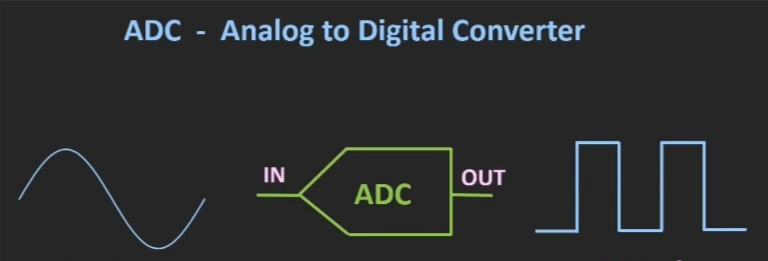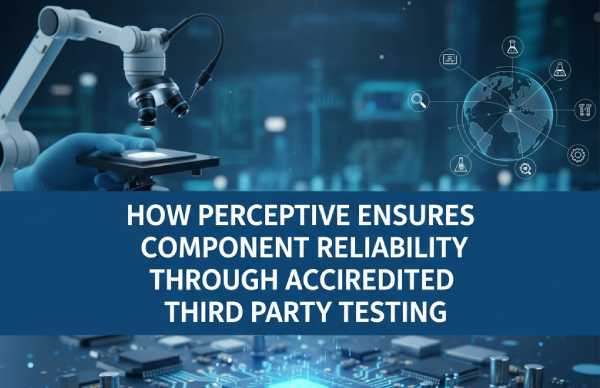1.What is A/D conversion?
What is A/D conversion? A/D conversion refers to the process of converting analog signals into digital signals, also known as analog-to-digital conversion.
In practical applications, many signals are analog signals. For example, a temperature sensor outputs a voltage signal, which is an analog signal. In order for the digital system to process these analog signals, A/D conversion is required to convert the analog signal into a digital signal.

2.Why the A/D conversion is required?
Analogue signals are vulnerable to interference, difficult to store and process, and digital signals can solve these problems.
3.Conversion steps from analog to digital?
The A/D conversion process is divided into four steps: anti-aliasing filter, sample and hold, quantization, and encoding. The last three steps are automatically completed inside the chip.

A/D Conversion Process
Anti-aliasing filter
Aliasing effect: Different signal frequencies can get the same sampling waveform at the same sampling frequency.
Sample and hold
In the picture of the A/D conversion process above, the analog electronic switch S is repeatedly switched under the control of the sampling pulse CPs. When S is turned on, Us(t) charges C for the sampling process; when S is turned off, C is grounded The voltage remains constant for the hold process.
Quantization and encoding
Quantization: converts the analog quantity of magnitude into a digital quantity.
Encoding: The digital encoding circuit converts a set of N-bit binary numbers for output.
4.Classification of AD converter

Although there are many types of A/D converters, the ones that are widely used in single-chip application systems are successive comparison converters and double integral converters. In addition, S-Δ converters are gradually being valued and widely used.
SAR ADC are moderate in accuracy, speed and price, and are the most commonly used A/D converters. Commonly used are ADC0801, ADC0802, AD570 and so on.
Double integral A/D converter has the advantages of high precision, good anti-interference, and low price. Compared with the successive comparison A/D converter, the conversion speed is slower, and it has also been widely used in the application field of single-chip microcomputers in recent years. application. Commonly used are ICL7135, ICL7109, etc.
The Σ-Δ A/D converter has the dual advantages of the integral and SAR ADC. It has a strong ability to suppress the serial mode interference in the industrial field, which is no less than that of the double-integral ADC. It has a higher conversion speed than the double-integral ADC. Compared with the SAR ADC, it has a higher signal-to-noise ratio. High resolution, good linearity, no sample and hold circuit required. Commonly used are AD7705, AD7714 and so on.
In addition, the more typical serial A/D converters are TLC549 (8 bits), TLC1549 (10 bits) and TLC1543 (10 bits) and TLC2543 (12 bits) of TI Company of the United States.
5.Application
A/D conversion is widely used in many fields, including communication, control, sensor, audio processing and image processing, etc. For example, in audio processing, the analog audio signal is first sampled and quantized, and then the digital signal can be stored, edited and processed, such as filtering, enhancement, compression, etc. through digital signal processing techniques. In sensor applications, the physical quantities measured by sensors can be converted into digital signals for easy recording, analysis and processing. In a control system, the feedback signal measured by the sensor can be converted into a digital signal, which is then used to calculate and control the output signal.



























